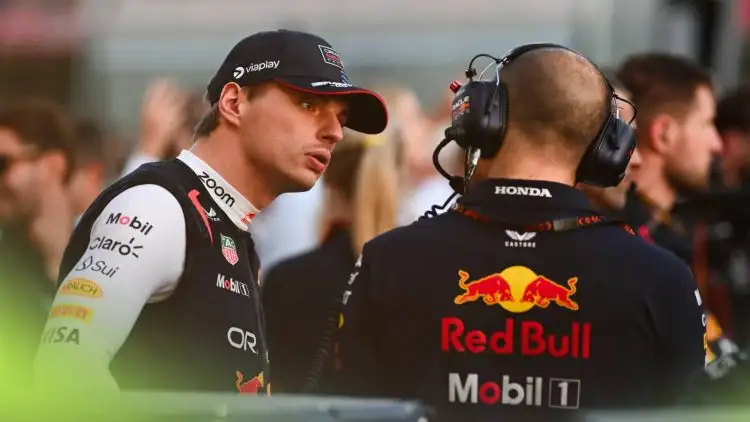In recent months, the Formula 1 paddock has witnessed a series of dramatic shifts, with one of the most notable developments being the rise of Aston Martin. The team’s meteoric rise at the start of the 2023 season led many to believe that the squad was on the cusp of challenging for podiums and even race victories. However, as the season progressed, Aston Martin’s performance began to dip, and many were left wondering what had gone wrong.
Fernando Alonso, who joined Aston Martin in 2023, played a critical role in the team’s early success. His consistent performances and podium finishes helped Aston Martin gain the attention of fans and pundits alike. But now, with the decline in performance and the team struggling to keep up with the likes of Mercedes and Red Bull, Alonso has made an interesting claim about the role Mercedes’ wind tunnel has played in shaping their recent fortunes.
Aston Martin’s Early Promise
The 2023 Formula 1 season started off in spectacular fashion for Aston Martin. The team introduced a strong car at the Bahrain Grand Prix, and Alonso was immediately competitive, securing a podium in the first race of the season. This was a significant achievement, considering Aston Martin had struggled in the previous seasons to consistently compete at the front.
With a new car and a refreshed driver lineup, the team quickly gained momentum. By the time the European season began, it seemed like Aston Martin might just have the right ingredients to challenge the big teams, Red Bull and Ferrari, for podiums on a regular basis. Alonso, at 42 years old, appeared revitalized, showing that age was just a number in the pursuit of racing excellence.
However, this early promise began to fade as the season wore on. Aston Martin began to struggle with race pace and consistency, unable to maintain their position against competitors like Mercedes, Ferrari, and Red Bull. This sudden downturn in performance raised questions about the development trajectory of the AMR23, the team’s 2023 car.
The Role of the Wind Tunnel in Performance
Wind tunnels play a vital role in Formula 1 car development. These facilities simulate airflow over the car to allow engineers to optimize the aerodynamic design, which is critical in achieving the right balance of downforce, drag, and stability. The effectiveness of a wind tunnel can directly influence a team’s performance on track, especially in the highly competitive world of Formula 1, where small improvements can make a significant difference.
Mercedes, a team with a rich history of success, has one of the most advanced wind tunnels in the sport. Over the years, the German team has developed a reputation for its exceptional aerodynamic expertise. This knowledge has played a significant role in their ability to stay competitive even in the face of changing technical regulations.
Fernando Alonso’s Mercedes Wind Tunnel Claim
Amid Aston Martin’s performance dip, Alonso made a bold claim that has raised eyebrows in the paddock. The two-time world champion suggested that Mercedes’ wind tunnel was playing a crucial role in the performance gap between his team and the likes of Mercedes and Red Bull. According to Alonso, Mercedes’ ability to fine-tune their car’s aerodynamics in the wind tunnel had given them a significant advantage over Aston Martin, especially as the season progressed.
Alonso’s comments are grounded in the reality that the gap between Aston Martin and the front-runners has been widening. In the early part of the season, Aston Martin was able to compete with Mercedes, but as the development race continued, Mercedes seemed to pull ahead, while Aston Martin struggled to make similar advancements. Alonso’s suggestion that Mercedes’ wind tunnel is one of the key factors behind this shift reflects a larger issue that has been plaguing the team: a lack of development capacity to match the front-runners.
While it may be tempting to focus solely on the performance of the car on race day, the truth is that the design and development of a Formula 1 car are an ongoing process that requires an immense amount of resources. Teams with better wind tunnel facilities can develop more accurate models of their car’s aerodynamics, allowing them to refine performance throughout the season.
In contrast, teams like Aston Martin, which are still building their infrastructure and technical capabilities, may not be able to keep up with the likes of Mercedes and Red Bull, both of which have decades of experience and the resources to dominate in these areas. Alonso’s comments suggest that Aston Martin’s lack of a top-tier wind tunnel is limiting their ability to extract the most performance from their car as the season progresses.
The Impact on Aston Martin
Aston Martin’s decline in performance has been a point of concern for both the team and its supporters.



